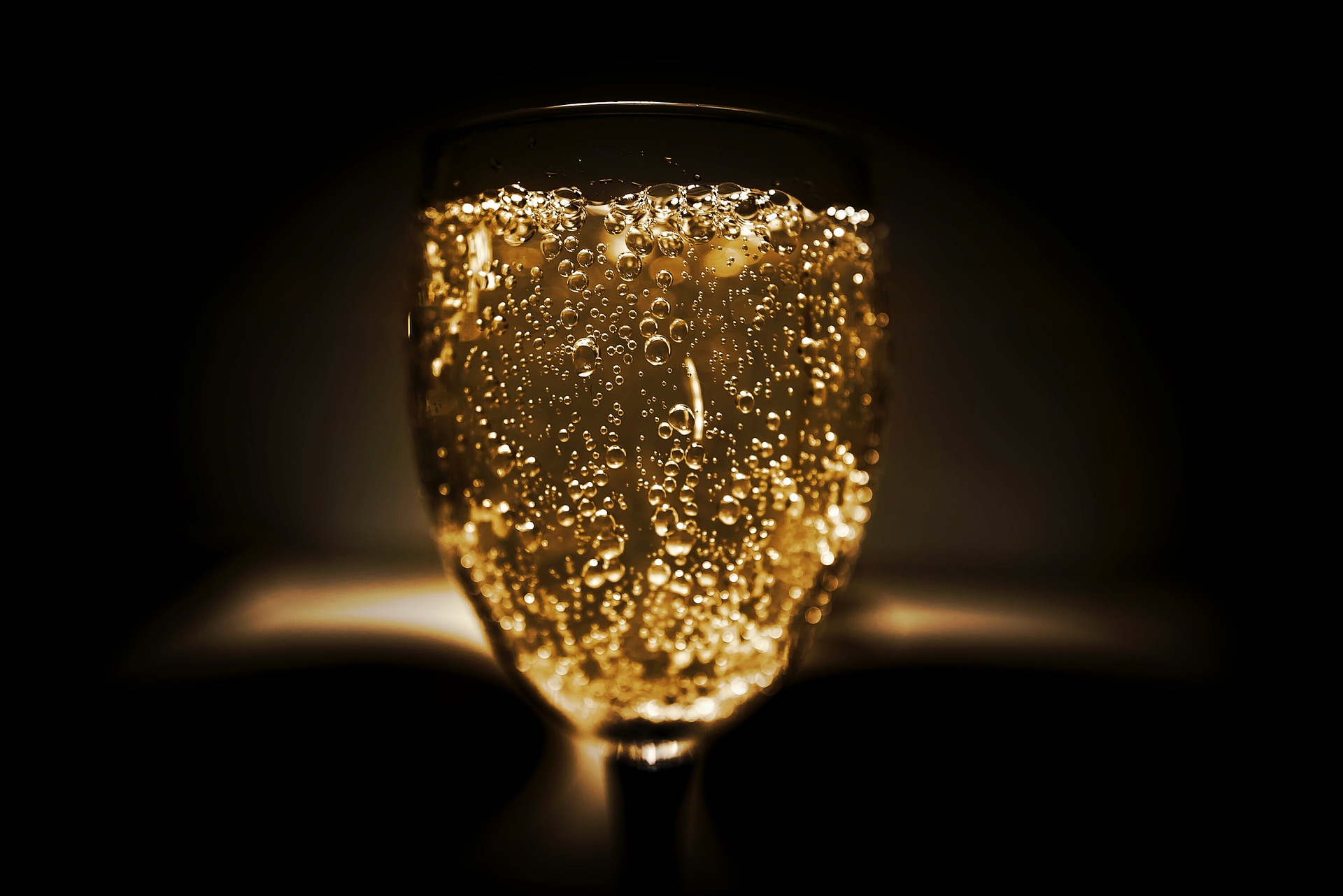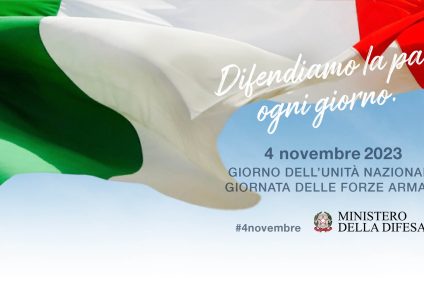Among the protagonists of the holidays just passed, the beloved bubbles cannot certainly be forgotten. Sparkling that we are ready to uncork to celebrate a moment of joy, refresh our palate or give a little sparkle to the party. But what wines have we brought to the table these days? And which ones we will still choose for the magical midnight toast? An Italian classic or perhaps a well-known French but who owns the primacy of the best bubbles? To whom that of seeds more ancient? And what rites are hidden behind a bottle of sparkling wine? Let's find out together by letting ourselves be carried away by a rather sparkling story.
Between France and Italy
When we say bubbles, we can only think of Champagne French. But a question naturally arises. Is it possible that an Italy rich in vineyards and cellars has not somehow contributed to the birth of sparkling wine? If you have also happened to ask yourself this question, perhaps you are about to read an article that will satisfy your thirst for knowledge! “Who seeks finds” and in fact just take a look in the historical archives to discover that Italy holds the title of the oldest productions. It is always them: from the engineering works, to the thermal buildings passing through the paved streets up to the masterpieces of classical art. The greatness of an empire that still continues to leave us a precious legacy today. The ancient Romans. Yes, Rome was not called the Caput Mundi by chance.

From the book of Psalms, dated to 1000 BC, passing through poets such as Horace, Virgil and many others. In these works there are numerous references to sparkling wine. Sparkling wines were the fruit of one fermentation spontaneous but not only. The Romans already knew the rudiments for obtaining bubbles. And so the "sparkling wine”, From which“ sparkling wine ”, was produced through an assisted refermentation. How? By adding everything that stimulated the formation of sugars: honey, resin, advanced blends from musts or other sweet wines. Everything was placed in terracotta amphorae immersed in cold water to delay fermentation. Over the centuries these techniques have been perfected in Italy as well as abroad. This leads to the birth of Champagne during the 600s, which legend attributes to Perignon, Benedictine monk whose main merits are due to the use of bottles closed with corks and a metal cage. If it is true that on the commercial level the French have been much more skilled in enhancing their production, it is certain that Italy is the land where refined wine making art. It was the Romans who discovered bubbles and guided their evolution in the following centuries.
Bubbles and superstitious rituals
We can enjoy them at any time of the year but it is on the occasions of party that bubbles are the protagonists. Just think of the night of new Year's Eve but also to numerous other occasions such as birthdays, weddings, graduation parties. But why are the bubbles precisely chosen to celebrate happy events? Behind this preference there are superstitious rites and ancient traditions. First of all, the "bang brings good luck". In the past it was believed that the noise caused by the throwing of the cork was used to drive away evil spirits, ensuring peace and serenity.

But not only that, there is no celebration without it toast. If today this gesture is something spontaneous when you hold a glass of bubbles in your hands, in the Middle Ages it was a trust deed among the diners. At a time when the death of enemies was caused by poisons, toasting also meant pouring a little of one's wine into someone else's glass as a symbol of friendship and harmony. Over time this practice has been modernized. Today the glasses are beaten together and if a little wine spills, it is absolutely necessary to collect a few drops and get wet behind the ears. It seems to bring good news. Finally, the color. The bubbles chosen to celebrate special occasions are usually white or rather golden wines. This is true for Champagne but also for many Italian sparkling wines. L'gold it is par excellence a symbol of wealth and consequently a wish of luck and prosperity for those who drink it. Similarly the tradition al launch of a ship to break a bottle of bubbles on the side of the same. A sort of baptism necessary to guarantee a happy navigation, avoiding the tragedies of the sea.





